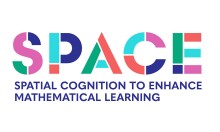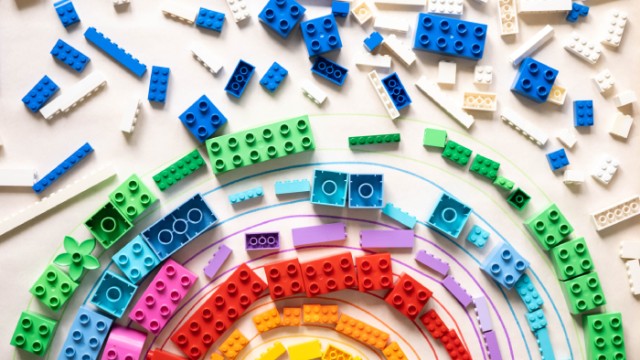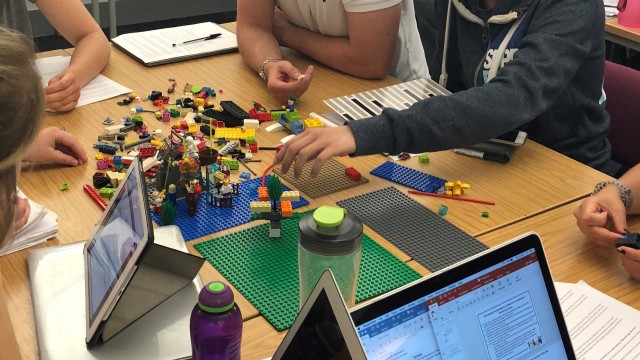It is hard to think of an everyday activity that doesn’t involve the use of spatial skills. Whether we’re reading a map or packing a suitcase, we need to understand the location and dimensions of objects and their relationships to one other. Spatial ability varies across children, and predicts adult expertise in Science, Technology, Engineering and Mathematics (STEM). This is unsurprising, given the many examples of spatial skills that are integral to STEM professions (for example understanding graphs and diagrams). Recent research has found that it is possible to train spatial skills, and that this in turn can improve achievement in STEM subjects.
We are a group of researchers who are working together to determine how LEGO® can be used to improve maths achievement in 6- to 7-year-olds. Lego is not only a practical choice, but research has shown that it has the capacity to help children reach their mathematical potential.
This study, funded by the Education Endowment Foundation, is supported by evidence from our group and from others that: children who perform well on spatial tasks show strong maths abilities; similar brain areas are used to process spatial and number tasks; and maths relies heavily on spatial constructs (for example spatial relations, number lines, measurements, and quantitative magnitudes).
We hope that this website provides you with the information you need. If you wish to contact us with any questions or comments, do not hesitate to do so by emailing Emily Farran at e.farran@surrey.ac.uk.














